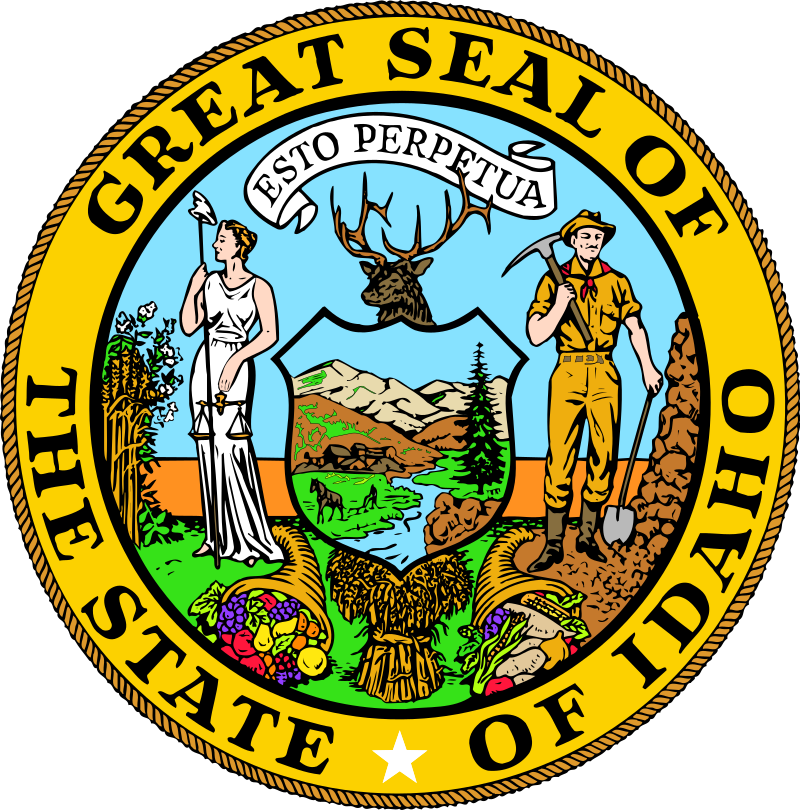Recall elections in three Idaho school districts—Pocatello-Chubbuck, Idaho Falls, and Nampa—were held on March 9, 2021. A majority of voters in all three school districts voted against the recalls, defeating the efforts and allowing the board members to retain their seats.
Three school board members—Zone 1 representative Jackie Cranor, Zone 2 representative Janie Gebhardt, and Zone 5 representative Dave Mattson—were on the ballot in Pocatello-Chubbuck School District No. 25. The recall effort began in September 2020 after the board unanimously voted to continue using a hybrid teaching model for middle school and high school students for the remainder of the first trimester of the 2020-2021 school year in response to the COVID-19 pandemic. Recall supporters said the board was not fully representing the electorate on the issue of hybrid learning and other issues. The school district released a statement saying that the board weighs a number of factors when making decisions and that majority opinion does not always rule.
In Idaho Falls School District 91, Zone 4 representative Elizabeth Cogliati was on the ballot. The recall effort began after the board of trustees voted 3-2 on September 30, 2020, to move high schools in the district from in-person instruction five days a week to a mix of in-person and online instruction due to the COVID-19 pandemic. Cogliati voted in favor of the change in instruction along with two other board members who were also targeted for recall. The other recall efforts did not make the March 9 ballot. Superintendent George Boland said the goal for the change in instruction was to reduce the number of coronavirus cases and related quarantines and absences at the high schools. Recall supporters said the district’s online classes were low quality and putting students at a disadvantage.
In the Nampa School District, Zone 2 representative Mike Kipp was on the ballot. The recall effort started after Kipp cast the sole dissenting vote against allowing sports to resume during the COVID-19 pandemic. Recall supporters said that they were not being represented on the board and that their voices had not been heard at board meetings on multiple occasions. In response to the recall effort, Kipp said, “I have done my best to listen well to all input from teachers, students, patrons, our superintendent, other district leaders and all relevant experts. I then seek to utilize that information in determining my vote.”
In order for the recall elections to be successful, two things would have had to happen: 1) a majority of voters would have had to vote in favor of the recall; and 2) the total number of votes cast in favor of recall would have had to be equal or greater than the number of votes that first put the board member in office.
In 2020, Ballotpedia covered a total of 224 recall efforts against 269 elected officials. Of the 49 officials whose recalls made it to the ballot, 29 were recalled for a rate of 59%. That was higher than the 52% rate for 2019 recalls but lower than the 63% rate for 2018 recalls.
Additional Reading:


